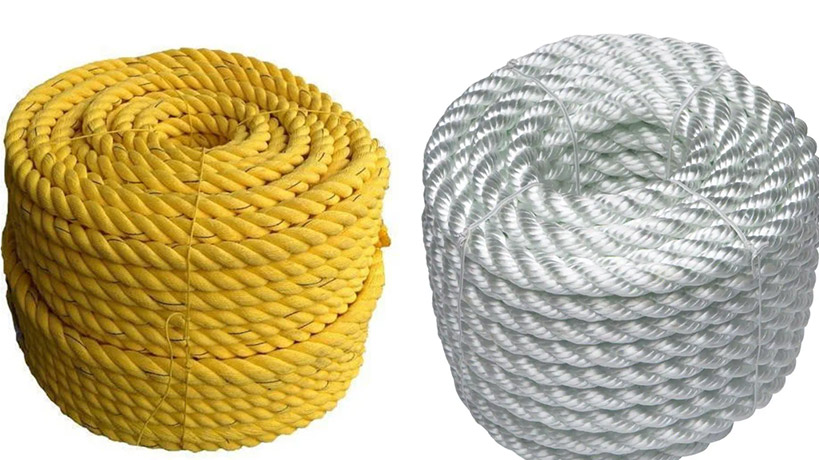Acrylic yarn is one of the most widely used fibers in carpet weaving. This thread is placed in the category of synthetic fibers. Acrylic yarn fibers are light, warm and wool-like. High dyeability, washability and anti-allergenicity have made this yarn to be used in industries such as knitting socks, production of warm clothes, production of scarves and shawls.
The cross-section of acrylic fibers can be different according to the production method, for example, if these fibers are produced by wet spinning, the cross-section of the fibers will be circular, and if they are produced by dry spinning, the cross-section of the fibers will be dumbbell-shaped.
Raw materials used in acrylic yarn
The polymer used to make acrylic yarn is called polyacrylonitrile. This material is included in the category of thermoplastics and consists of the main monomer of acrylonitrile. from the types of carpet fibers that are formed using polyacrylonitrile polymer; They are placed in the category of very high quality fibers. Acrylic yarns are produced as a result of the addition of vinyl acrylonitrile polymer monomers.
In the textile industry, dry spinning, wet spinning, and gel spinning methods are used to produce this yarn. The way these fibers are produced can have an impact on their physical properties, for example, the production of acrylic yarn by gel spinning method gives fibers with high strength. The raw material for acrylic production is obtained from water and calcium carbide.
The use of acrylic yarn in making canopy fabric
This yarn has a very important place in the textile industry of Iran and the world. One of the most important applications of acrylic fibers is the production of fabrics for awnings. The reason is that acrylic yarn is used to produce awnings; It is highly resistant to sunlight. Sunlight can cause canopies to rot over time;
The use of these fibers in canopies increases the life of the canopies and prevents them from tearing and rotting due to light radiation. The cheapness of these fibers compared to natural fibers makes them economical.
Application of acrylic yarn in carpet industry
Acrylic thread is used to produce high-quality machine-made carpets. The reasons for using this thread in machine carpets are:
- Acrylic threads are softer and more delicate than other synthetic fibers.
- The smell of plastic and petroleum substances is not inhaled from acrylic threads.
- They have a high resistance to foot wear and do not get old easily.
- They are resistant to indirect heat like kettle and hot iron.
- Their colors are very happy and lively.
- Acrylic threads make the texture of the carpet coherent and uniform.
- No friction or adhesion is felt while touching the carpet.
- Non-sensitizing for babies and the elderly
- Durability and longevity of the thread
- Less thread breakage during carpet production and weaving
- Resistance to wear and washing
These outstanding features make this yarn a suitable choice for office, commercial, hotel, residential, etc. carpets.
The use of acrylic yarn in the production of clothes
Acrylic yarn is also used to produce acrylic fabric. For the first time, Dupont company produced acrylic fabrics. Due to the softness of this fabric, this fabric is used in the production of sports clothes.
Sports socks are examples of acrylic clothes, which are considered because of their elasticity, durability, no blistering of feet in socks, no sensitivity, warm and soft, resistance to stains and wrinkles. Those who are allergic to woolen clothes can; Replace clothes with acrylic material.
What are the disadvantages of acrylic yarn?
Despite all the advantages that acrylic yarn has, like any synthetic fiber, it can also have disadvantages. Because these threads are produced from thermoplastic polymers; They can be harmful to the environment.
Leaving acrylic fabrics and threads in nature can endanger the health of living beings. Difficult recycling, high price of raw materials, high cost of production are other disadvantages of these fibers.
Conclusion
Acrylic thread is placed in the category of synthetic fibers, which is made from polyacrylonitrile polymer. And this thread is used in textile industries, carpet weaving, jacket weaving, travel tents, awnings and acrylic carpet production. Acrylic has a high resistance to willow and fatty materials and is at a high level of resistance in terms of optical stability. Carpets and rugs in which this type of thread is used have much less lint.






